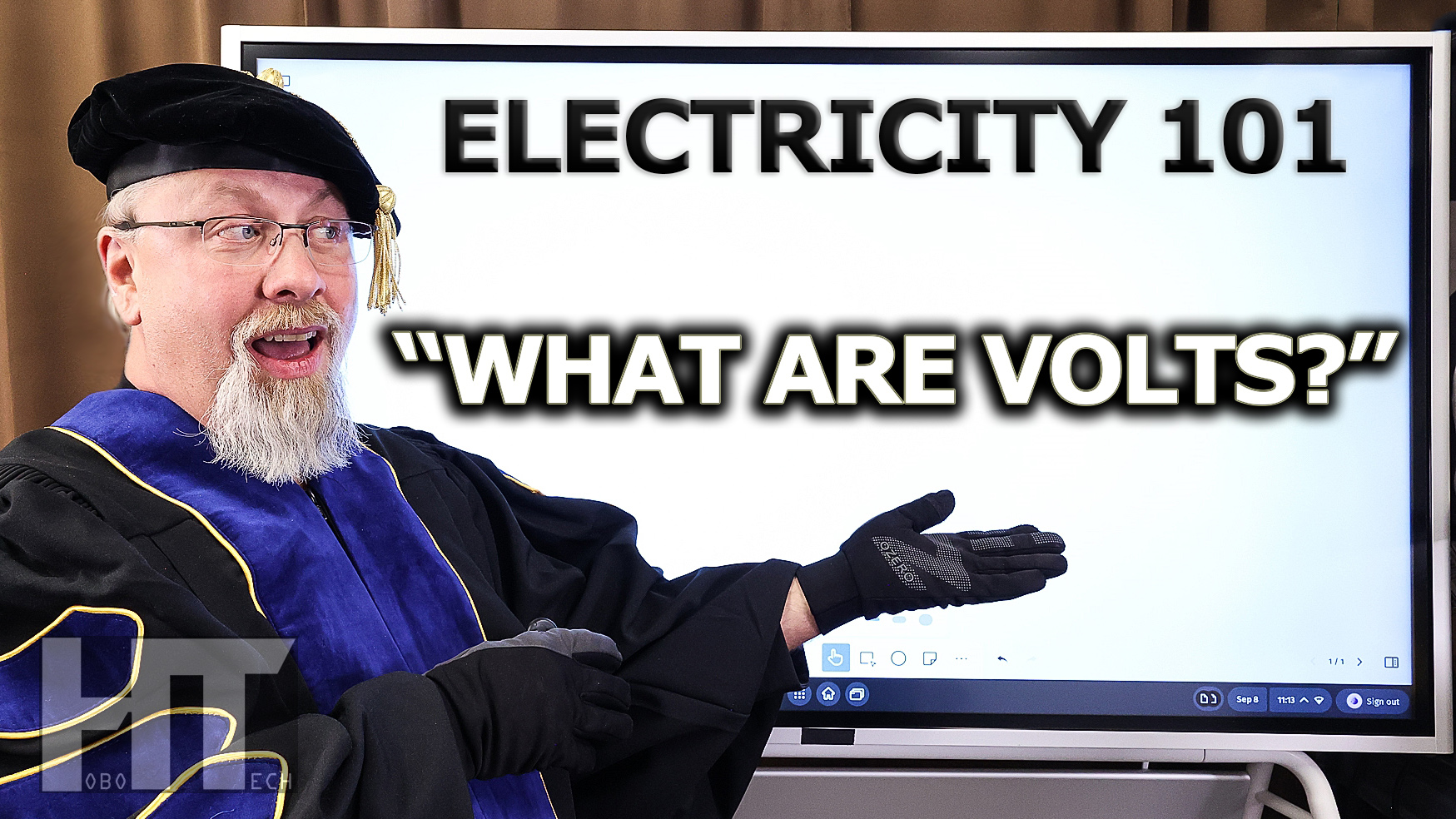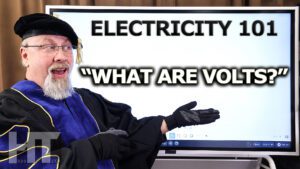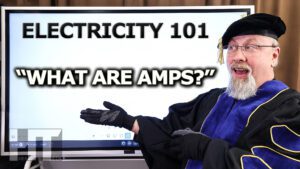
Amazon PRIME Big Deal Days Oct 8th-9th | HUGE SALE!
New videos out covering the BEST SALES from these four brands:
ECOFLOW https://youtu.be/U4dBYE9QTag
JACKERY https://youtu.be/eSkQp1ugk6Q
BLUETTI https://youtu.be/Z1f7uR-UARI (live 5am Pacific)
SETPOWER https://youtu.be/6_Rk9G8QPgQ (live 6am Pacific)
Enjoy!







You must be logged in to post a comment.